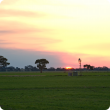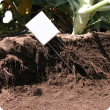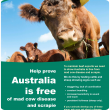Filter by regions:
- (-) Remove Great Southern filter Great Southern
- (-) Remove Perth regions filter Perth regions
- (-) Remove Wheatbelt filter Wheatbelt
- South West (242) Apply South West filter
- Mid West (237) Apply Mid West filter
- Peel (236) Apply Peel filter
- Goldfields-Esperance (226) Apply Goldfields-Esperance filter
- Gascoyne (148) Apply Gascoyne filter
- Pilbara (133) Apply Pilbara filter
- Kimberley (130) Apply Kimberley filter






